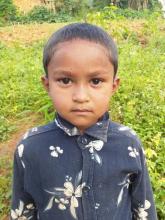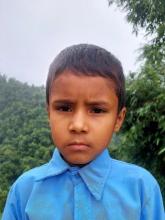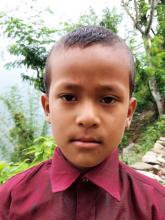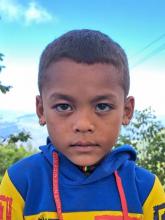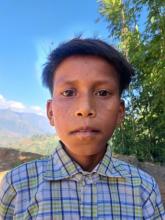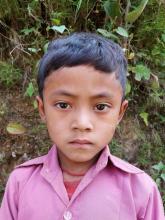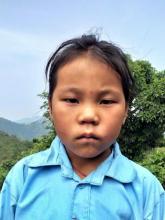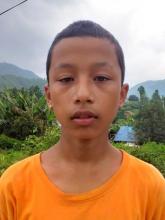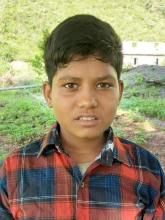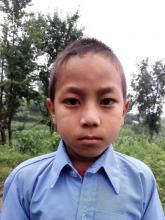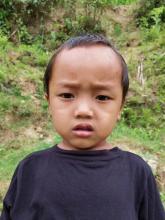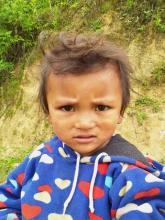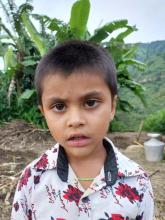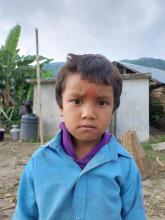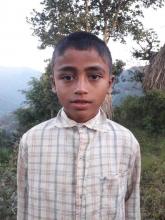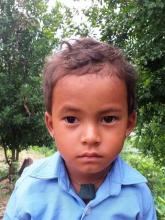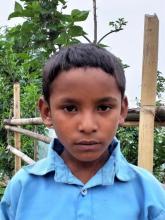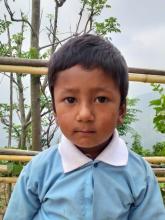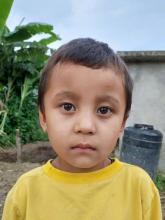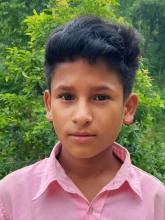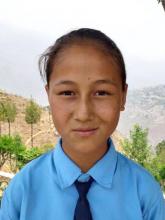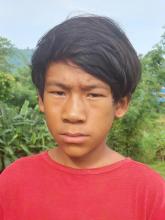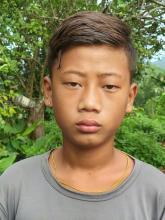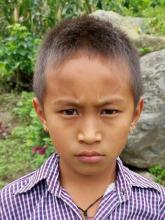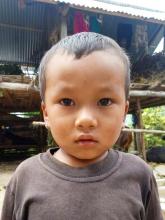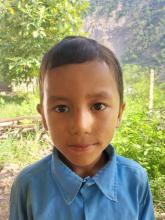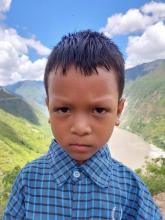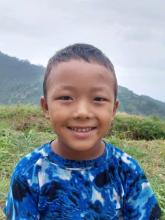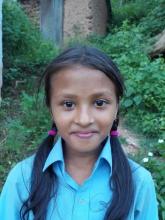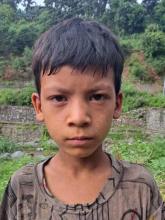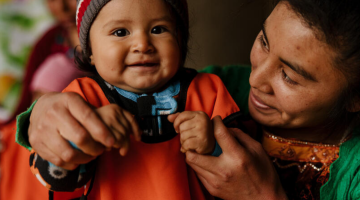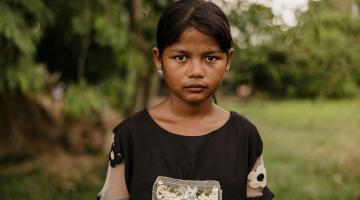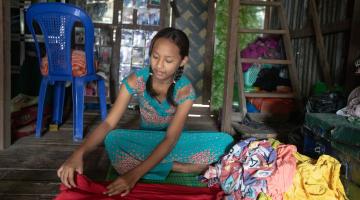Sponsor a Child with World Vision Singapore
World Vision is an international humanitarian charity organisation dedicated to working with vulnerable children, families and communities. World Vision’s main charity initiative for these children and communities is through our Child Sponsorship programme. Many of them live in communities that are not conducive for proper development and growth, are in difficult situations, or orphaned and without care. When you sponsor a child or an orphan overseas with World Vision Singapore, your donation paves their paths towards nutrition, child protection, education, and clean water, among others. Furthermore, with our community-focused approaches, for every child you help, four more children benefit as well.
World Vision works in almost 100 countries to uplift those stuck in poverty, violence and other social injustices, among others, to aid them on a journey towards a better life.
What does it mean to sponsor a child?
When you sponsor a child overseas from a vulnerable community, you support them beyond the financial sphere. Instead, you give them hope for a brighter future and a chance to live life in all its fullness. Your sponsorship will also support the child’s communities and family - through holistic transformation and community empowerment – enabling them to reach self-reliance and sustainability. This eliminates the likelihood of dependence on children charity organisations while supporting their development.
Find Out More about Child Sponsorship
While the "Sponsor a Child" programme is not a literal child adoption programme, you get to be part of a meaningful support movement in Singapore that makes the world a better place for minors stuck in situations they feel powerless in. Each child is uniquely sponsored by you so you get to not only support and better his or her life – but also get to build a meaningful relationship.
Supporting a child away from Singapore through a children’s charity can seem daunting and uncertain. Ease your worries and fears of Child Sponsorship through our Frequently Asked Questions (FAQs) or contact us at 6922 0144. Learn more about our Child Sponsorship programme.
